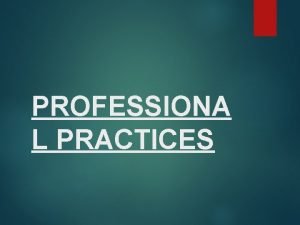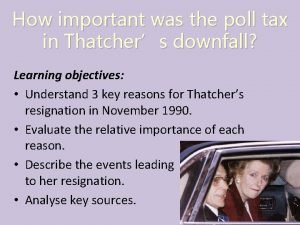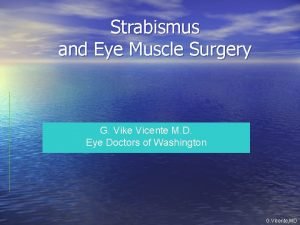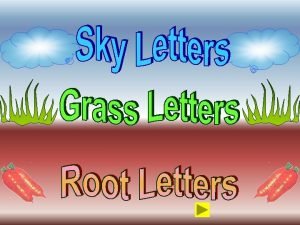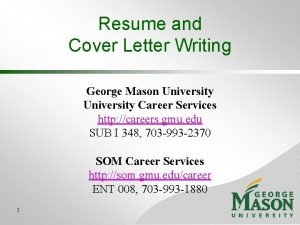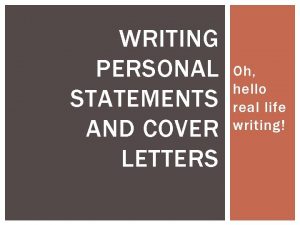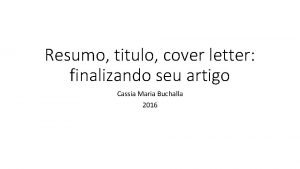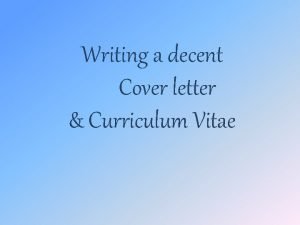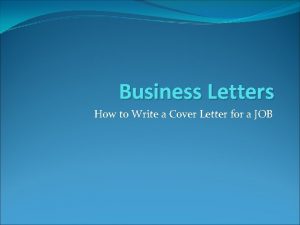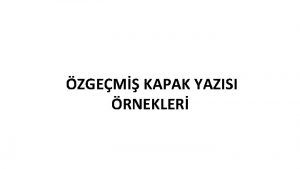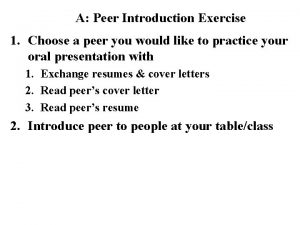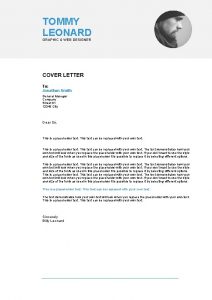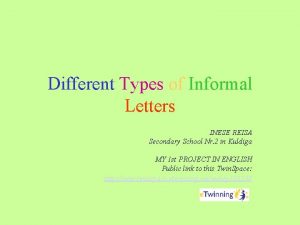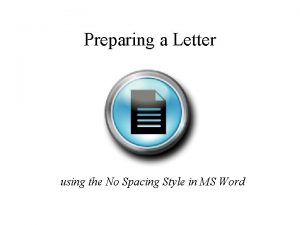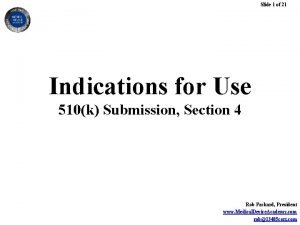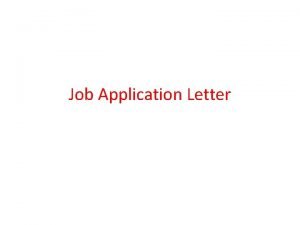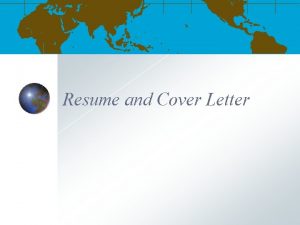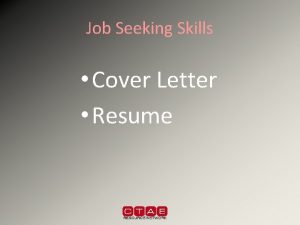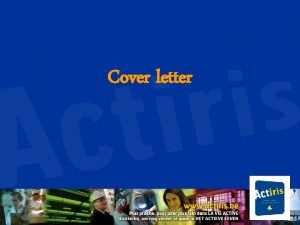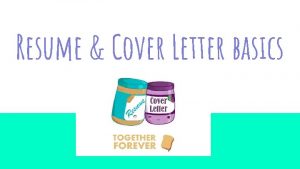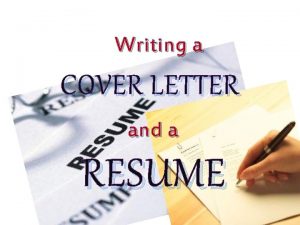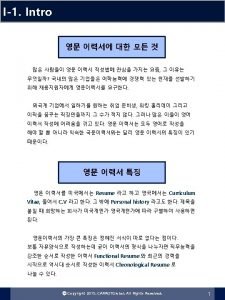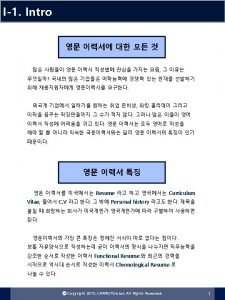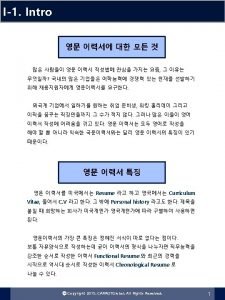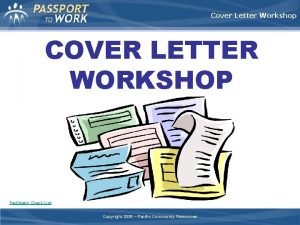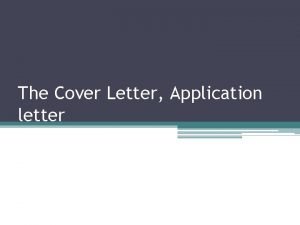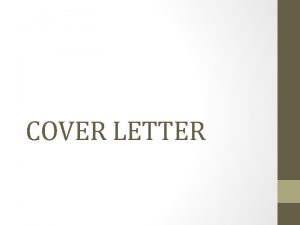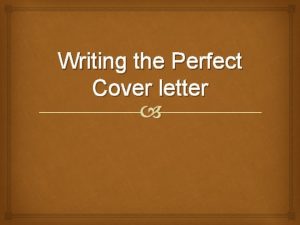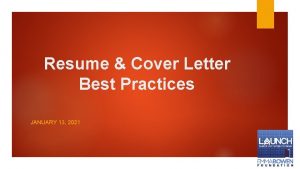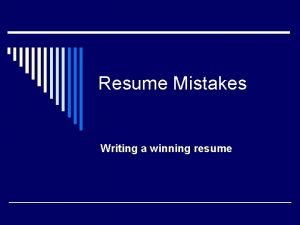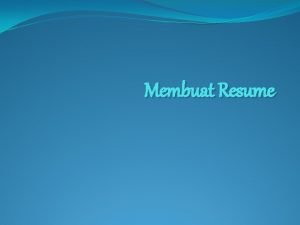PROFESSIONA L PRACTICES Contents Cover Letter Resume Resignation






















- Slides: 22

PROFESSIONA L PRACTICES

Contents Cover Letter Resume Resignation Letter

Resume A resume or CV is a document that summarizes your work experience, education, skills and achievements for a prospective employer. It is usually required as part of a job application, and is considered essential information for an employer to assess whether an applicant would be a suitable candidate for a first round interview.

What to Include in a Resume Personal Details. The essential personal details to include are your full name and contact information – this is usually both your phone number and email address. Career Objective or Summary. If you’re a recent school or university leaver without much professional experience, begin your resume or CV with a career objective in a short sentence or two. If you’ve gained experience in the workforce, a career objective is less necessary, however you may want to replace it with a career summary, describing your professional profile in a short sentence or two.

What to Include in a Resume Education. List your most recent educational experiences first. Include your qualifications, institutions you studied at, graduation dates and other specializations. Mention any special awards and other educational achievements. Work Experience. List your most recent jobs including the title of your position, name and location of organization, and dates of employment. In point form under each job, give a brief overview of your role, responsibilities and achievements, weaving in the skills required. Internships and volunteer work can also be mentioned here.

What to Include in a Resume Additional Information. You may like to create headings such as ‘Skills’, ‘Strengths’ or ‘Interests’ and list information that would be relevant to the job you’re applying for. Information that illustrates your proficiency in languages, computer programs or medical knowledge should be included here. References. It’s always a good idea to include two to three references at the bottom of your resume. A referee can be a former manager or tutor at university – just make sure you ask their permission before listing their name, position, company and contact details. Otherwise, you may wish to write “References available on request”.

Length and Format of a Resume Length of a resume: Keep your resume short and concise to make a good impression in a quick glance. Consider one to two pages if you have under 10 years of professional experience. Senior executives or academics may like to have resumes that are three pages or more. Format and style: The design and layout of your resume or CV should be neat and easy to read. Use only one or two easy to read fonts and include headers, bullet points and paragraphs. Make sure you write your resume consistently in first person, and have perfect spelling and grammar.

What to Exclude in Your Resume Personal details such your religion, age or marital status. Every job you’ve ever had, especially when it isn’t relevant to the job you’re currently applying for. Salary expectation or previous salaries you’ve received.

Cover Letter A cover letter is a document sent with your resume to provide additional information on your skills and experience.

Cover Letter The letter provides detailed information on why you are qualified for the job you are applying for. Don’t simply repeat what’s on your resume -- rather, include specific information on why you’re a strong match for the employer’s job requirements. Employers use cover letters as a way to screen applicants for available jobs and to determine which candidates they would like to interview.

Types of a Cover Letter There are three general types of cover letters. The application letter which responds to a known job opening. The prospecting letter which inquires about possible positions. The networking letter which requests information and assistance in your job search. When you are applying for a job that has been posted by a company that’s hiring, you will be using the “application letter” style.

What to Include in a Cover Letter A cover letter should not be duplicate, your resume. Its purpose is to add a personal touch to your application for employment. Here's an outline of the items that should be included in every cover letter. Header: A cover letter should begin with both your and the employer's contact information (name, address, phone number, email) followed by the date. If this is an email rather than an actual letter, include your contact information at the end of the letter, after your signature.

What to Include in a Cover Letter Your contact information should include: First and Last Name Street Address City, State Zip Phone Email Salutation Begin your cover letter salutation with "Dr. /Ms. Last Name. " If you are unsure if your contact is male or female, you can write out their full name. If you do not know the employer's name, simply write, "Dear Hiring Manager. " This is better than the generic and formal, “To Whom It May Concern. ”

What to Include in a Cover Letter Introduction Begin your introduction by stating what job you are applying for. Explain where you heard about the job, particularly if you heard about it from a contact associated with the company. Briefly mention how your skills and experience match the company and/or position; this will give the employer a preview of the rest of your letter. Your goal in the introduction is to get the reader's attention.

What to Include in a Cover Letter Body: In a paragraph or two, explain why you are interested in the job and why you make an excellent candidate for the position. Mention specific qualifications listed in the job posting, and explain how you meet those qualifications. Do not simply restate your resume, but provide specific examples that demonstrate your abilities.

What to Include in a Cover Letter Closing In the closing section of your cover letter, restate how your skills make you a strong fit for the company and/or position. State that you would like the opportunity to interview or discuss employment opportunities. Thank the employer for his/her consideration. Signature Use a complimentary close, and then end your cover letter with your signature, handwritten, followed by your typed name. If this is an email, simply include your typed name, followed by your contact information, after the complimentary close.

Resignation Letter What is a resignation? A resignation is the act of leaving your job. A resignation letter expresses your intention to leave the company you currently work for. Should you write a resignation letter? You should write a resignation letter because it's the professional thing to do, whether you work at a hospital or a coffee shop. A resignation letter officially gives notice to your boss that you're leaving the job and someone else will need to be hired to replace you and take on your responsibilities.

Resignation Letter What is a two weeks' notice letter? A two weeks' notice letter is essentially the same thing as a resignation letter. This letter announces your intent to depart from the company and says you will remain in your position for another two weeks before leaving. Two weeks is the standard amount of time from when you announce you're leaving to your last day at your job.

Resignation Letter What to write in a resignation letter? A resignation letter should include the following: a statement of intent that you will be leaving your job the name of your official staff position the date of your last day on the job gratitude to your employer for hiring you a highlight of your time there (optional) an offer to train your replacement well wishes for the future of the company your contact info


Resignation

 Two week notice letter example
Two week notice letter example Geoffrey howe resignation speech youtube
Geoffrey howe resignation speech youtube Chapter 18 preparing for the world of work
Chapter 18 preparing for the world of work Intermittent exotropia
Intermittent exotropia Lancaster red green test interpretation
Lancaster red green test interpretation Latent strabismus
Latent strabismus Grass and root letters
Grass and root letters Gmu cover letter
Gmu cover letter Cover letter hello
Cover letter hello Cover letter acronym
Cover letter acronym Exemplo cover letter
Exemplo cover letter Job application email sample
Job application email sample Should cover letter be double spaced
Should cover letter be double spaced Cover letter örnekleri
Cover letter örnekleri Boeing cover letter
Boeing cover letter Exercise physiologist cover letter
Exercise physiologist cover letter Interior design cover letter
Interior design cover letter Eras lor
Eras lor Informal letters types
Informal letters types Letter format spacing
Letter format spacing 510k cover letter template
510k cover letter template Ps in cover letter
Ps in cover letter Astronaut salary spacex
Astronaut salary spacex
